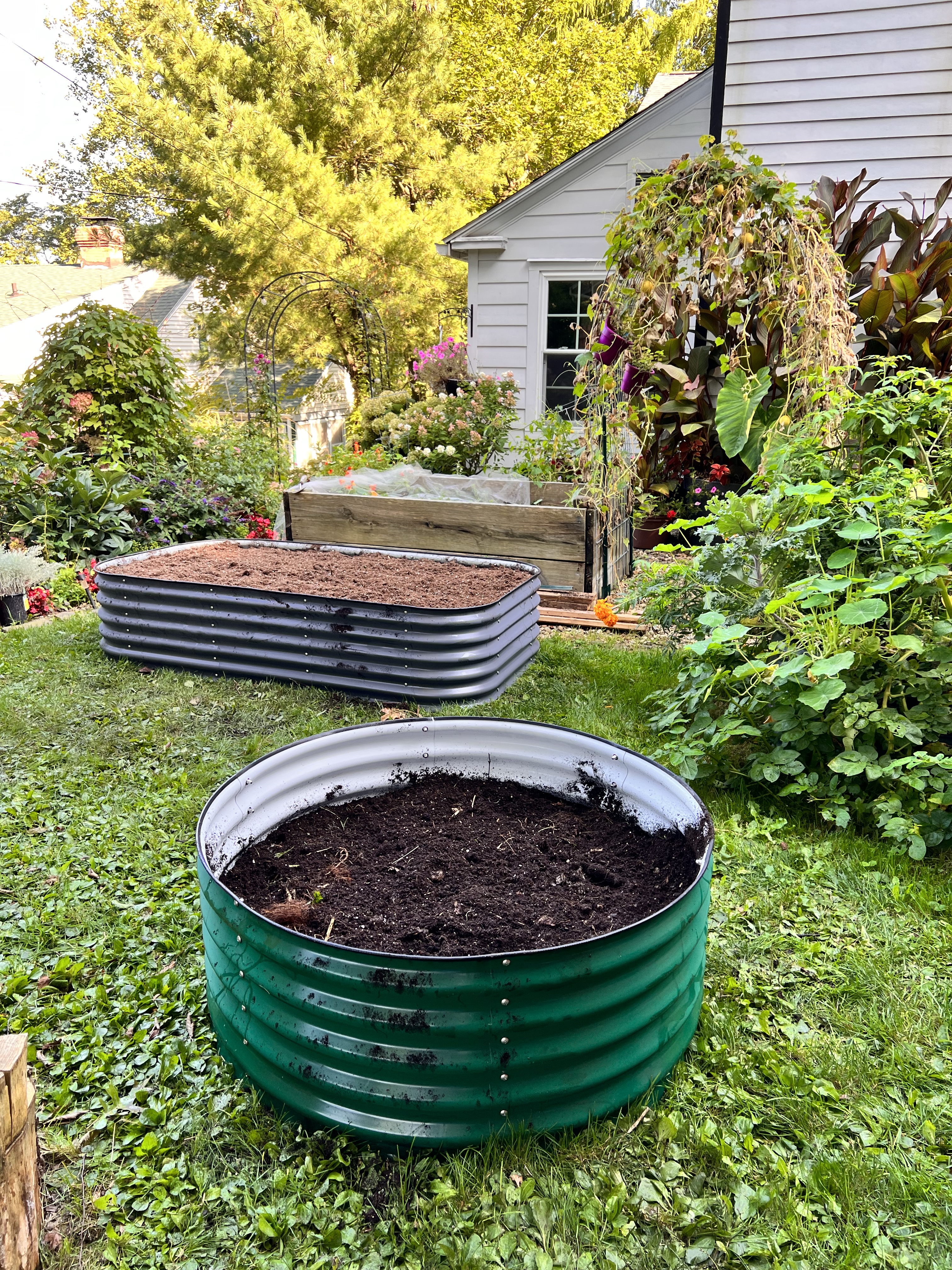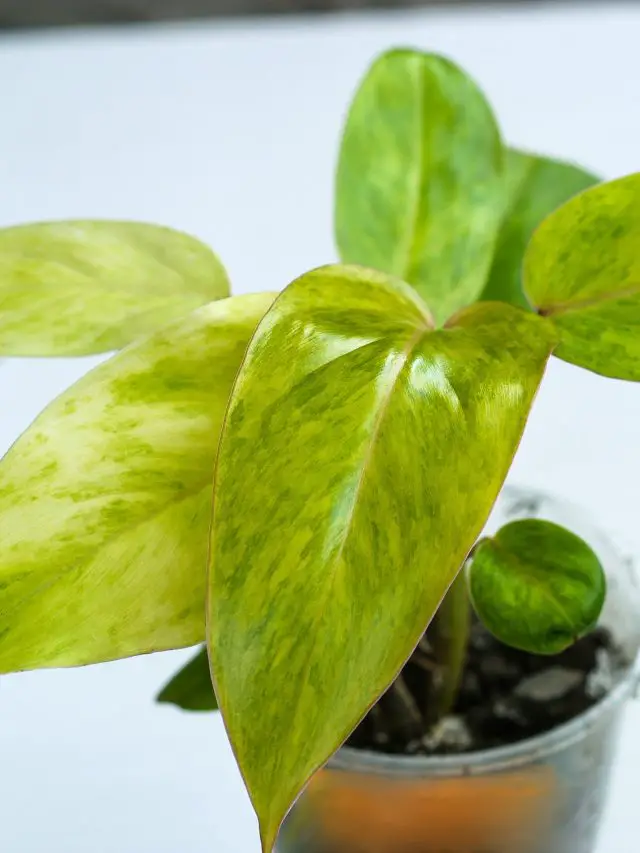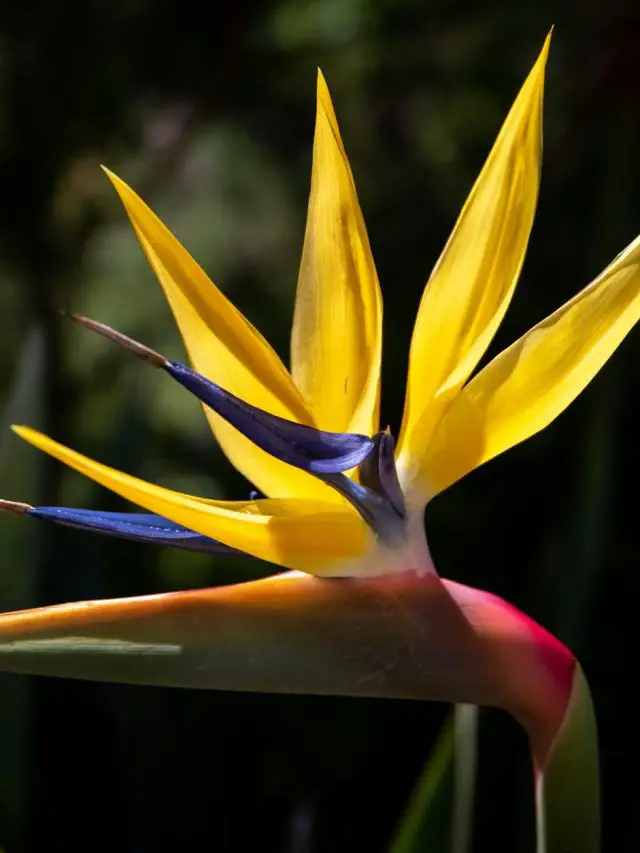How to grow a Monstera Deliciosa

If you want an easy-to-grow exotic plant, the Monstera Deliciosa – aka Swiss Cheese Plant – is the plant for you! This gorgeous plant will transform your space faster than you can say Swiss Cheese! In this post I’m going to teach you how to grow a Monstera Deliciosa.
A bit of History and Characteristics
So let’s start with a little Monstera history. The botanical name of this plant is Monstera Deliciosa and it is native to South America. The Monstera is such a vigorous plant that it is considered invasive in warmer climates. You may know this already but the Swiss Cheese plant is actually a vine which means that it can climb using what’s called aerial roots. In the wild it climbs trees but will definitely climb a building wall or anything else in its way. It’s quite amazing.
This blog post may contain affiliate links. I may earn a small commission to fund my houseplant habit if you use these links to make a purchase. You will not be charged extra, and you’ll keep me in the garden. It’s a win for everyone, really.
Now let’s dig into the characteristics of this climbing beauty. In its juvenile stage it has very distinct heart shaped foliage. As the plant ages, the new leaves get bigger and bigger. Once the plant hits a certain unknown age, the new foliage will unfurl revealing fenestrations or splits/holes in the leaves.
Another important characteristic about the Swiss Cheese plant is that it produces aerial roots. Many new plant parents get freaked out by these because as the plants age the aerial roots get bigger and longer. You can tuck them into the pot or let them trail along the floor but for goodness sake don’t cut them.
Moving on let’s talk about how to actually care for this plant starting with light.
How to Grow Monstera Deliciosa
Light
Because this plant in nature lives in the understory of trees that suggest that it doesn’t require direct sun/ bright light. It is speculated that the fenestrations on the foliage is to allow light to pass through to the rest of the plant. How cool is that?! In your home, give the Monstera plant bright indirect light.
Pots and soil
Monsteras do not require any special pot; only that it has a drainage hole to allow water to flow through. The same with soil the Swiss Cheese plant is not picky. I use PROMIX soil mixed with Orchid Bark and Perlite for all of my non-picky plants. It doesn’t hold water for too long but also isn’t fast draining.
Watering
Tropical plants love moist soil. When I say moist I don’t mean wet. Damp maybe a better word. For new plant parents I suggest either using a moisture meter or your finger to determine when to water your plant. The moisture meter will tell you how wet your soil is and from there you can determine if it’s time to water or not. Using your index finger stick it into the soil about an inch down. When you pull your finger out determine if the soil is dry or moist. If it’s dry give the plant a through watering. If it’s moist leave the plant alone and check back in a few days.
If you don’t want to stick your finger in the soil try a moisture meter.
Fertilizer
I have not found the Swiss Cheese plant to be too picky with fertilizer. They prefer a 20-20-20 fertilizer during the growing season backing off in the winter. I always use fish emulsion for my plants which is a 5-1-1. It’s organic and I don’t have to worry about fertilizer burn on the foliage. No matter what you choose do your research and follow the instructions.
Propagation
So let’s say you want more Swiss Cheese plants but don’t want to buy another. Propagation is your best friend. This plant is so easy to propagate that a baby could do it. I prefer to make my cut just under an aerial root. Then I stick the cutting in water until it produces a good strong set of new roots. Once it’s well rooted I pot it in soil and boom! New plant! Here are two ways to propagate your Swiss Cheese plant!
Stem Cuttings
- Gather your supplies. You will need a healthy monstera deliciosa plant, a sharp knife or pruning shears, a rooting hormone (optional), a glass or jar, and water.
- Take a cutting. Choose a healthy stem that is at least 4 inches long and has at least one node. A node is the point where a leaf or aerial root grows from the stem.
- Make the cut. Use a sharp knife or pruning shears to make a clean cut just below a node. If you are using a rooting hormone, dip the cut end of the stem in the hormone.
- Place the cutting in water. Fill a glass or jar with clean water and place the cutting in it. The node should be submerged in the water, but the leaves should not.
- Place the glass in a bright, indirect light location. Change the water every few days to keep it fresh.
- Wait for roots to develop. It may take several weeks for roots to develop. Once the roots are at least 2 inches long, you can plant the cutting in a pot of soil.
Air Layering
- Gather your supplies. You will need a healthy monstera deliciosa plant, a sharp knife or pruning shears, a small pot, some sphagnum moss, and aluminum foil.
- Choose a stem. Choose a healthy stem that is at least 6 inches long and has at least two nodes.
- Prepare the stem. Make a cut just below a node. Then, make another cut 1 inch below the first cut. Gently peel back the bark between the two cuts, exposing the stem.
- Wrap the stem in sphagnum moss. Dampen the sphagnum moss and wrap it around the exposed section of the stem. Secure the moss in place with aluminum foil.
- Attach the pot. Place the pot with the sphagnum moss next to the stem. Use a piece of wire or string to attach the pot to the stem.
- Water the moss. Keep the sphagnum moss moist by watering it regularly.
- Wait for roots to develop. It may take several months for roots to develop. Once the roots are at least 2 inches long, you can cut the stem below the roots and plant the cutting in a pot of soil.
Growing a Swiss Cheese plant is so rewarding. It is a plant that is beginner friendly and so adaptable. Will you be growing a Swiss Cheese plant?
Happy Gardening
Happy Gardening!
Want More?
Houseplants are gorgeous living home decor. It is worthwhile learning how to properly care for them.
IF YOU LIKE THIS POST
You might also like these:
- The Best Monstera Fertilizer Guide
- How to Grow a Monstera Thai Constellation
- Best Indoor Trailing Houseplants
We’d love to hang out with you on our social channels. You can subscribe to our blog and find us on Facebook, Youtube, Instagram and Pinterest! Feel free to reach out if you have any plant questions!
DISCLOSURE
This blog post may contain affiliate links. Which means if you click on a link and go on to buy the product I recommend, I may get a small commission at no extra cost to you.
Thank you for your support. It means the world to us!
The Thrifted Planter
Ciearra is a gardener and houseplant enthusiast of over 10 years! She has been growing indoors and outdoors. Supplying food for her family and beautifying her home with annuals, perennials and houseplants! Ciearra is passionate about sharing her knowledge of plant care with anyone who needs help or a quick plant growth tip! When she’s not blogging you can find her tending to her chickens, dogs and hanging out with her family





















[…] you are not sure about the Prince of Orange, you might be interested in its cousin the Monstera Deliciosa, which is another easy-to-care-for and gorgeous […]
[…] interest and are easy care. Great plants would be Lucky Bamboo, Golden Pothos, Peperomia or a Swiss Cheese Plant. These are easy to take care of and are very low […]
[…] to learn more about the Monstera check out this post for how to grow this gorgeous […]
[…] This gorgeous plant may look complicated but I promise you it’s not! I literally neglect mine and it’s as happy as can be. If you want full care guide check out this post. […]
[…] For a full Monstera growing guide checkout this post! […]
[…] For tips on growing a Monstera Deliciosa check out this post! […]
[…] For Monstera growing tips click here! […]
[…] To learn how to grow the green Monstera Deliciosa read this post! […]
[…] If you want more information about the Monstera Deliciosa checkout our plant care guide. […]
[…] varieties, like the Monstera Deliciosa (Swiss cheese plant), are known for their large, perforated […]